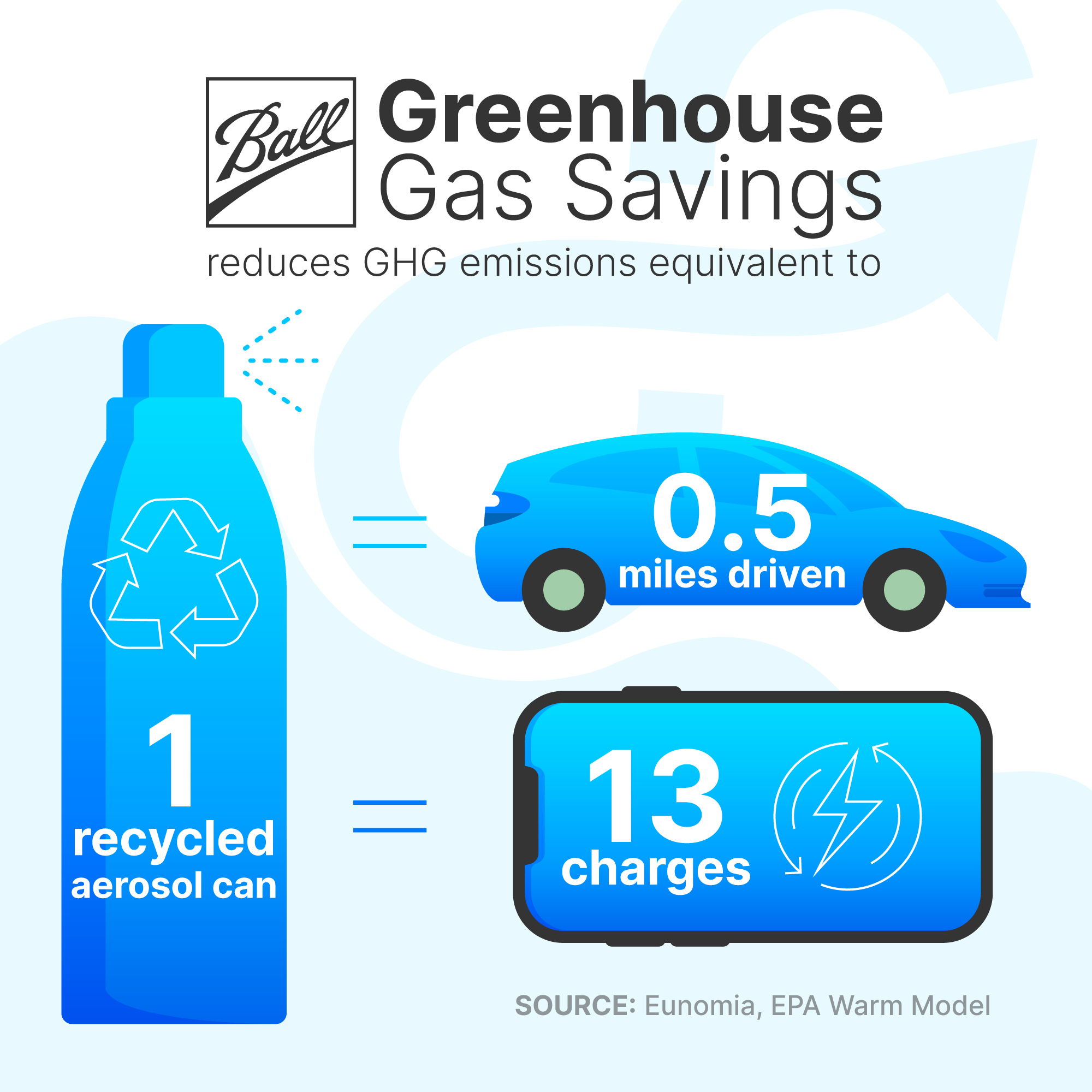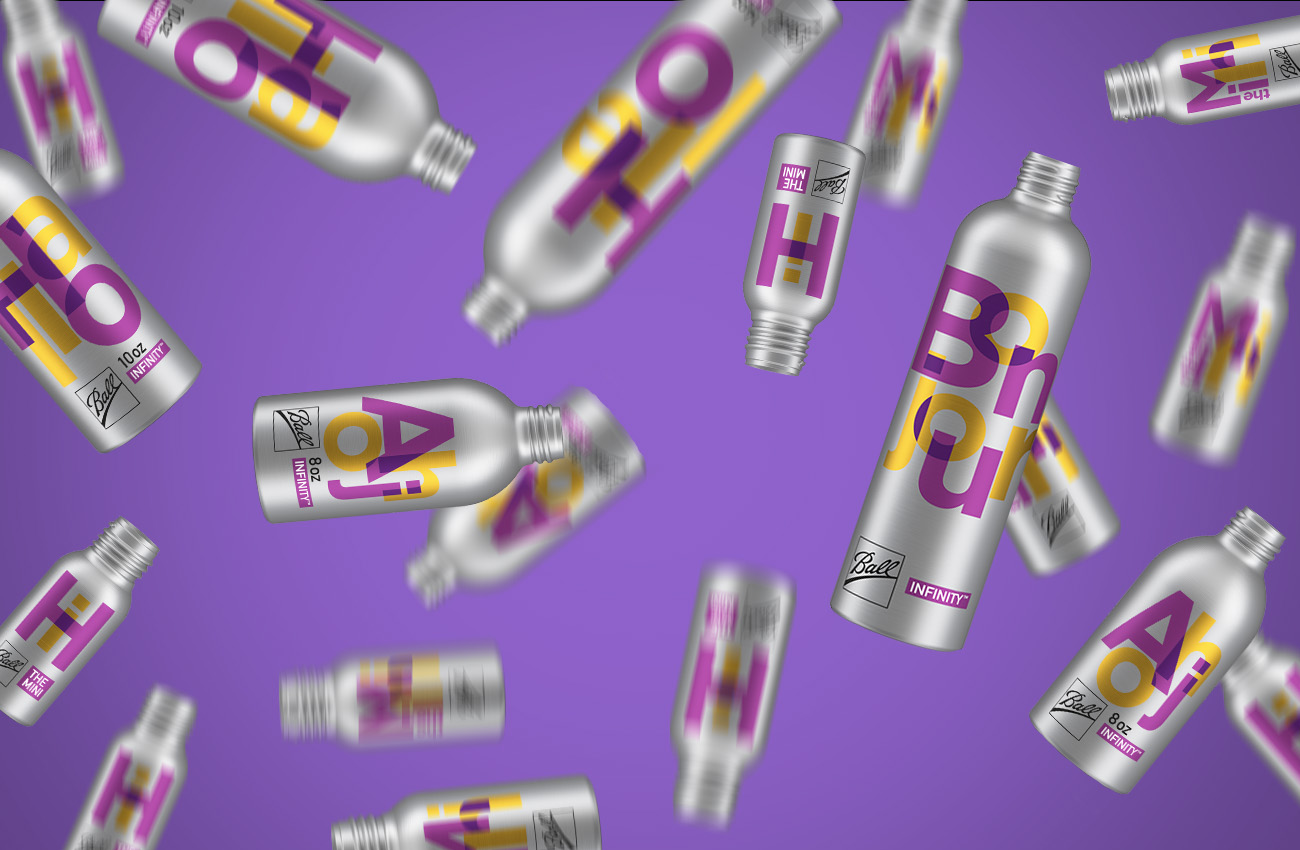Ball Weighs in on Aerosol Recycling Initiative’s 2030 Goals
July 17, 2024
In collaboration with Ball Corporation and other sustainability leaders, the Aerosol Recycling Initiative (ARI) has officially released its white paper, which sets two quantitative goals to achieve by 2030, aimed at making aerosol recycling easier for the end-user and thereby increasing recycling rates:
-
Reach at least an 85% recycling access rate for aerosol cans in the U.S.
-
Label at least 90% of aerosol cans as recyclable with messaging about how to properly recycle these products.

These targets are the result of a joint venture between the Can Manufacturers Institute (CMI) and the Household & Commercial Products Association (HCPA), which saw the inaugural version of the ARI launch in 2023.
“Unfortunately, there are some misconceptions surrounding aerosol cans that make people question the safety of recycling these products,” said Scott Breen, CMI’s senior vice president of sustainability.
The purpose of this Initiative is to help clarify these misunderstandings and enhance the aerosol can’s recycling story. Aerosol cans are made from aluminum and steel, which can be infinitely recycled and have ready-end markets, making these products extremely valuable in recycling streams.
So, what progress has been made to date? Over the past 12 months the Initiative’s research — despite the concerns regarding the recyclability of aerosol cans that Breen mentions — has shown that these products can provide significant benefits to communities, the economy, and the environment when incorporated as part of a broader waste management system that includes both reduce and reuse.
Environmentally, recycling just one aerosol can reduces greenhouse gas emissions by the equivalent of driving 0.5 miles in the average gasoline-powered passenger vehicle or charging 13 smartphones.
What’s next?
Ball’s significant role in the ARI is very important to the company as hitting these 2030 targets advance both Ball’s sustainability and commercial ambitions.
We’re very encouraged by the work that the Initiative has conducted in the last year, and the targets they have laid out for 2030. These types of strategic partnerships reinforce Ball’s own 2030 goals to drive sustainable performance across the life cycle of our products, including aerosol.
“There is still work to be done to increase recycling access rates for aerosols and to educate consumers about how to properly recycle these products,” said Nicholas Georges, HCPA’s senior vice president of scientific & international affairs.
"The second phase of this campaign," Georges continues, "will tackle this challenge by engaging material recovery facilities, municipalities, and retailers on aerosol recycling access and collaborating with companies that manufacture and sell aerosol products to make certain label changes that include language on recyclability and how to recycle.”
